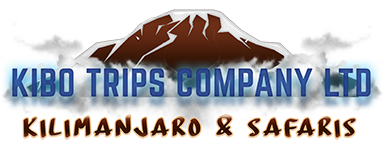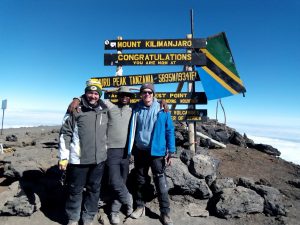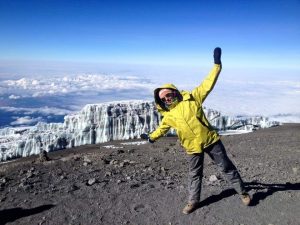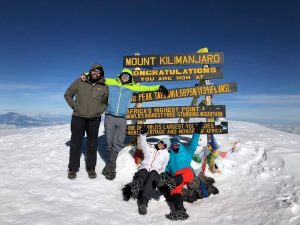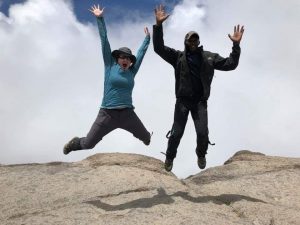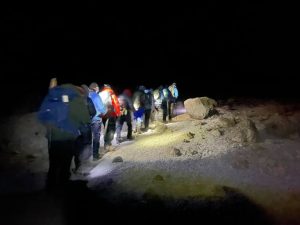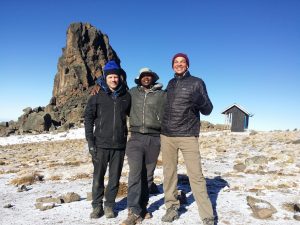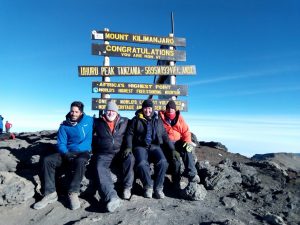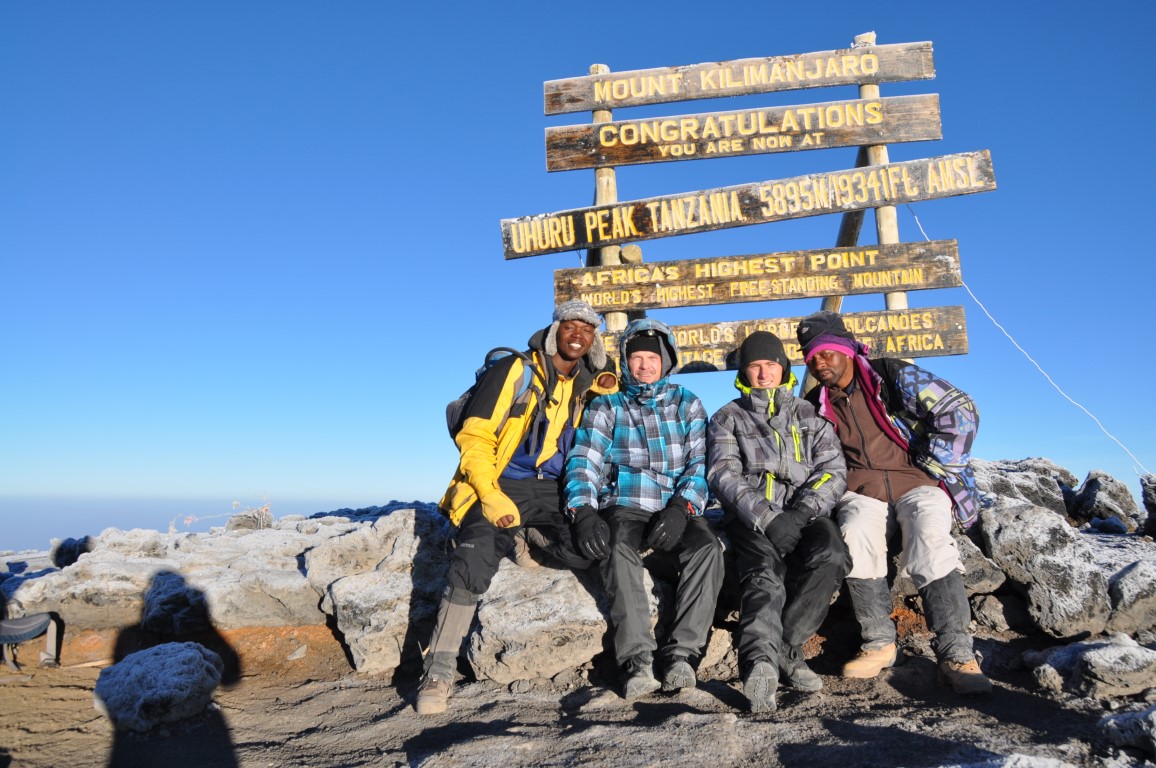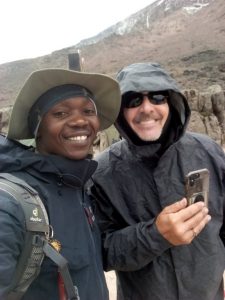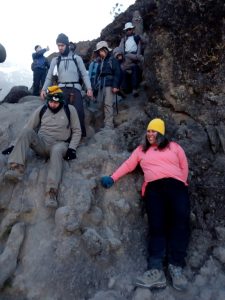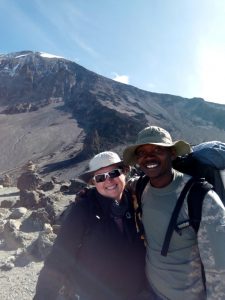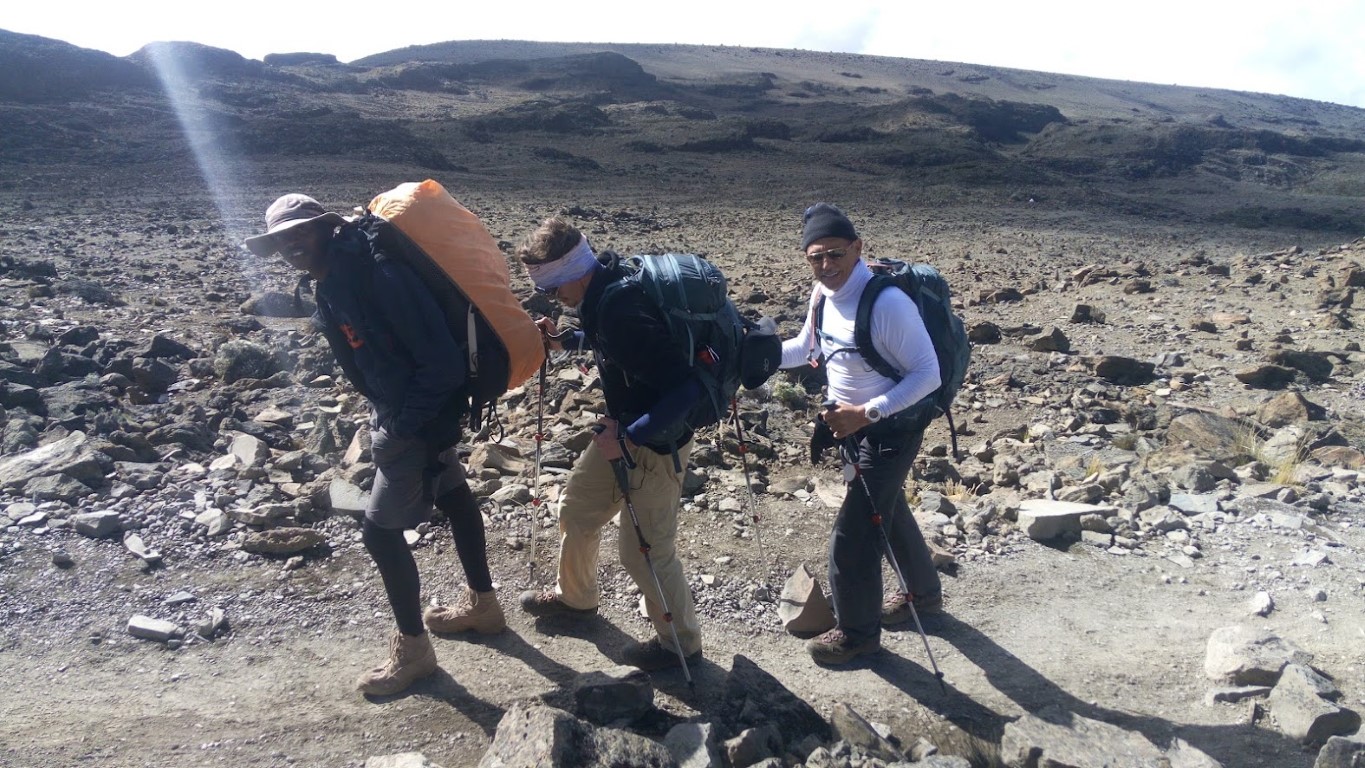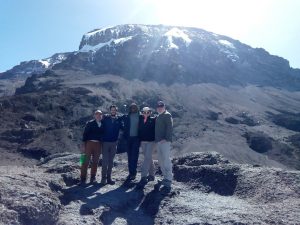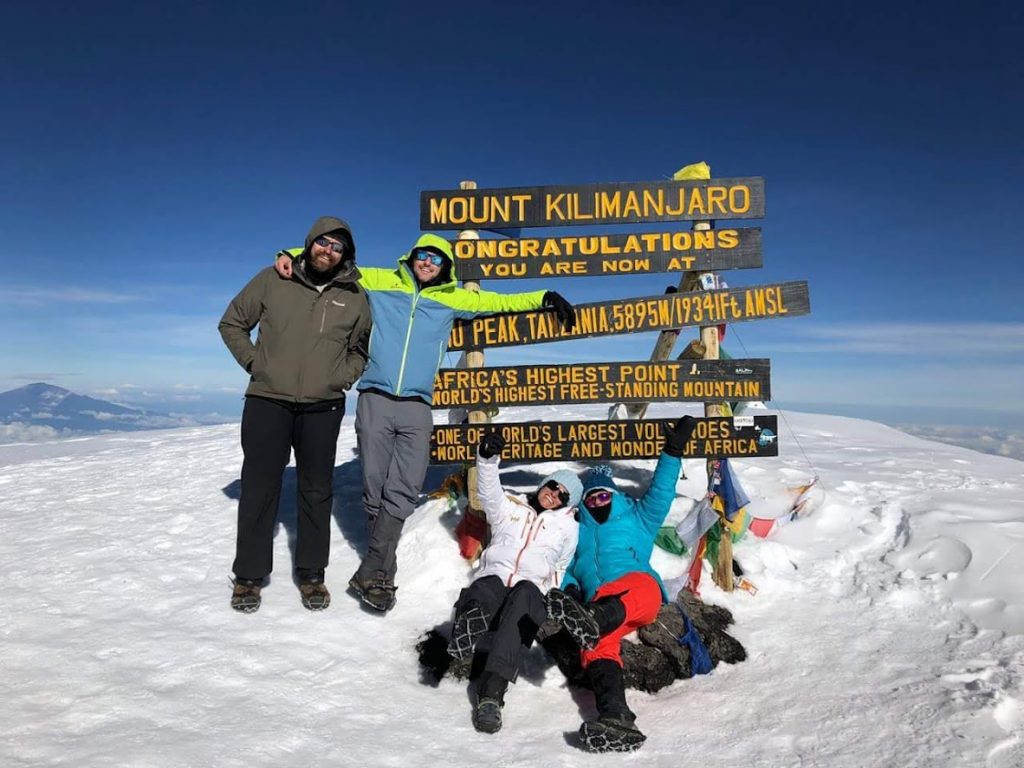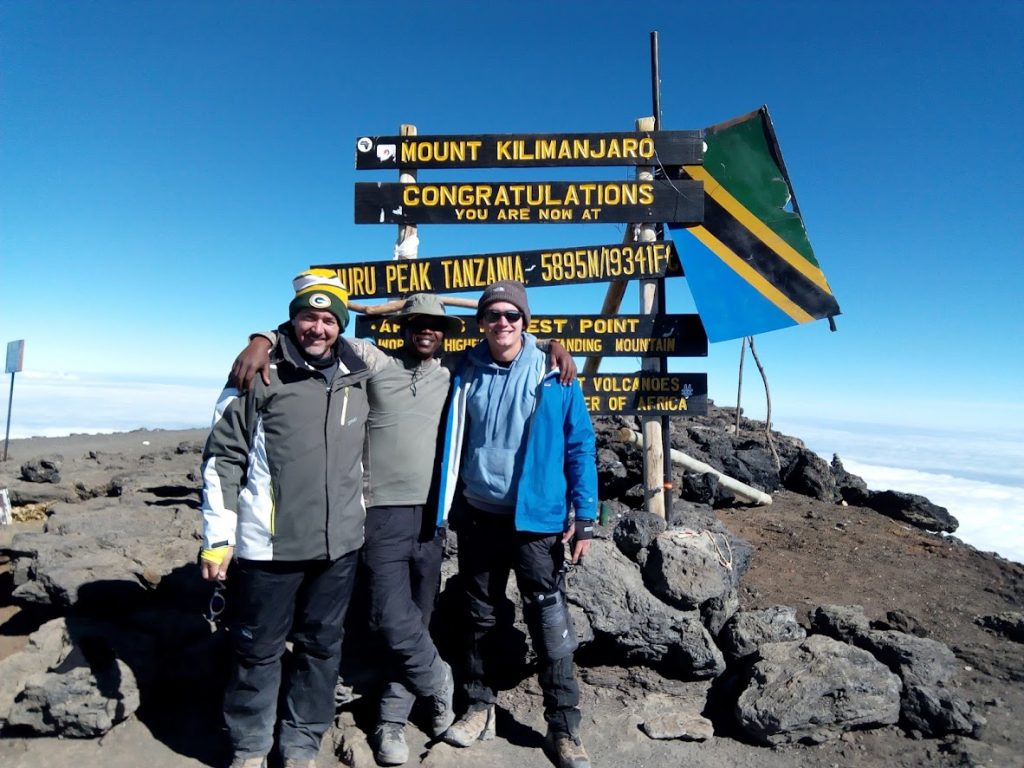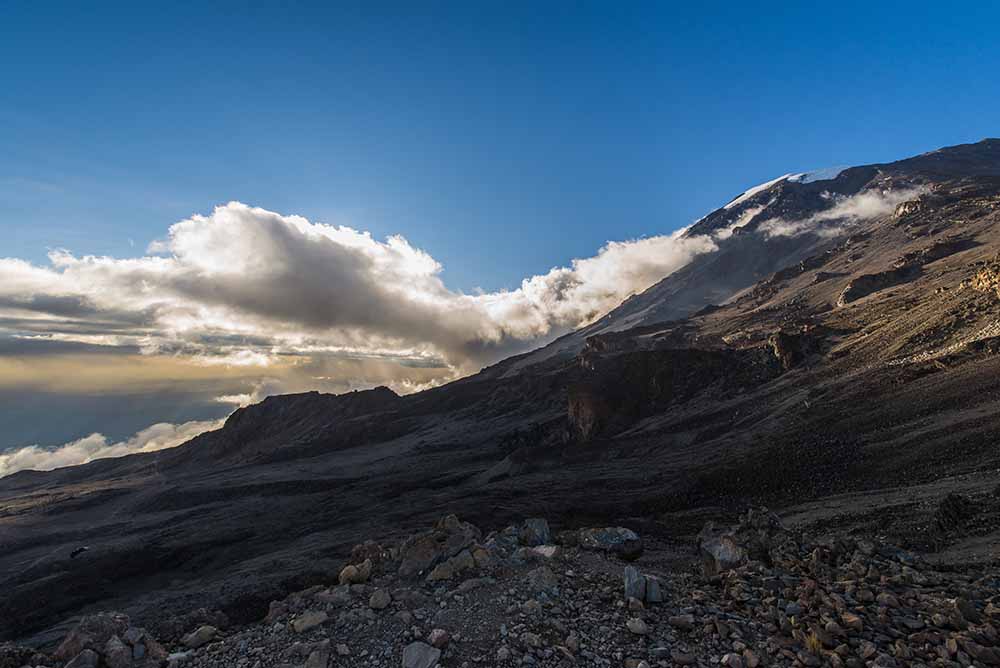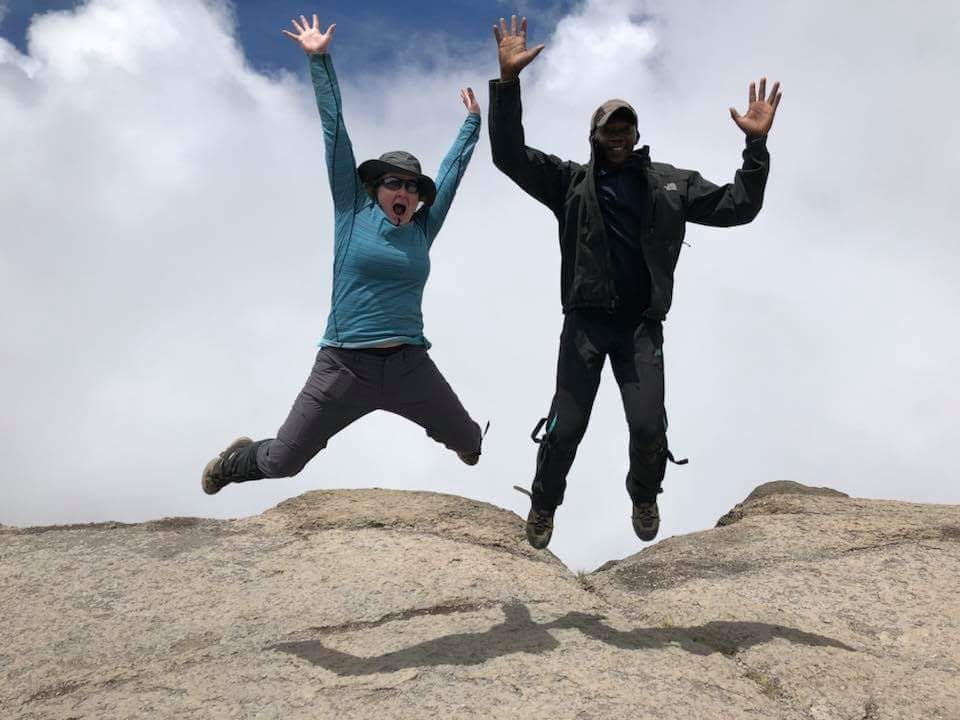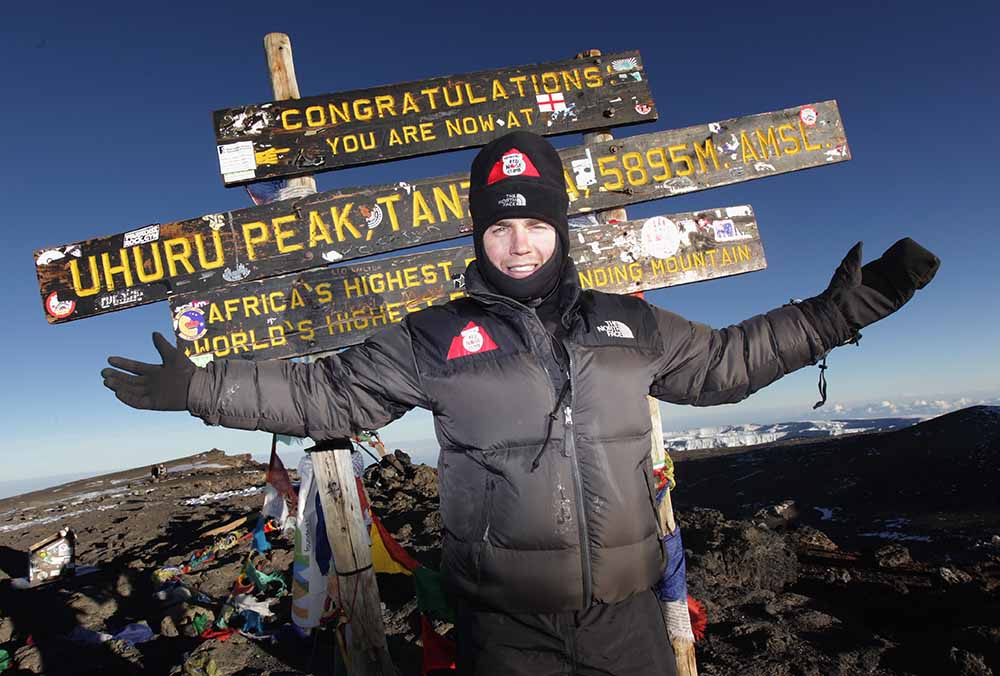Northern Circuit Route 8 Days
About the route
The Northern Circuit Route is an 8-day trek on Mount Kilimanjaro, known for its breathtaking scenery, excellent acclimatization, and high summit success rate.
Beginning at Londorossi Gate, it winds through rainforests, the Shira Plateau, and remote northern slopes, offering solitude and panoramic views.
Trekkers pass Moir Hut, Buffalo Camp, and Third Cave before reaching School Hut for the final ascent to Uhuru Peak (5,895m) via Gilman’s Point. The descent follows the Mweka Route.
This less-traveled path provides a rewarding experience for those seeking a scenic and challenging adventure.
Route summary
- Day 0: Arriving
- Day 1: Londorossi gate to Shira one
- Day 2: Shira one to Moir camp
- Day 3: Moir camp to Buffalo camp
- Day 4: Buffalo camp to 3rd cave camp
- Day 5: 3rd cave camp to School hut
- Day 6: School hut to uhuru – Crater camp
- Day 7: Crater to Millenium camp
- Day 8: Millenium camp to Mweka gate – hotel
Day 0: Arriving
Arrival at Kilimanjaro International Airport (JRO), where you will meet me , and transfer to the hotel . The hotel will provide all the essentials for a comfortable stay: cozy rooms, hot water, polite staff, a swimming pool, and Internet access. In the evening there will be a briefing with guide who will also make sure you are ready to begin the climb. NB: All the days before the climb we considered them as day zero, Including the briefing day.
Day 1: Londorossi gate to Shira one
A guide will meet you at the hotel after which you will travel by vehicle (roughly 3–4 hours) to
Kilimanjaro National Park’s western entrance: Londorossi Gate (2,200 m). After the quick formality of acquiring climbing permits and registering with the search and rescue service, the group continues upwards towards their drop-off point by off-road vehicles (reaching 3,500 meters). Here you can see stunning views of the Shira Plateau for the first time.
- ELEVATION: 3,500 m to 3,505 m
- HIKING TIME: 1 hour
- DISTANCE: 4 km
- DIFFICULTY: Low
- HABITAT: Meadows
Day 2: Shira one to Moir camp
This day brings yet another modest altitude gain of 700 m on the way from Shira 1 to moir camp. The low physical demands of the trek will leave you with both time and energy to enjoy Kilimanjaro’s flora and- when the weather is favorable- Mount Meru, which is the 5th-highest mountain on the continent can be spotted.
A further acclimatization walk towards moir rocks before dinner , This allows you to experience a further gain of 150 m.
- ELEVATION: 3505 m to 4,200 m
- HIKING TIME: 5-6 hours
- DISTANCE: 14 km
- DIFFICULTY: Medium
- HABITAT: Moorland
Day 3: Moir camp to buffalo camp
On this day you will have a rather long but at the same time easy trek. After a short steep climb out of Moir Valley, you will start going around the northern slope of Kilimanjaro, and just like on the way to Lava Tower the path will be full of highs and lows, without any steep gains in altitude. This route passes close to the border with Kenya, so you will be treated to amazing views of the Tsavo and Amboseli Valleys.
- ELEVATION: 4,200 m to 4,020 m
- HIKING TIME: 4-5 hours
- DISTANCE: 9 km
- DIFFICULTY: Medium
- HABITAT: Moorland
Day 4: Buffalo camp to 3rd cave camp
You will finish trekking up the northern slope of Kilimanjaro and stop for the night in 3rd Cave Camp, where the route will meet up with the traditional Rongai route. On this day the trekking will be shorter than on the day before, and by this time your body will already have become completely acclimated to an altitude of 4,000 meters, which will contribute to your general feelings of well-being.
- ELEVATION: 4,020 m to 3,870 m
- HIKING TIME: 4-5 hours
- DISTANCE: 8 km
- DIFFICULTY: Low
- HABITAT: Moorland
Day 5: 3rd cave camp to school hut
On this day you will be trekking to the School Hut Summit Camp (4,750 m). The actual trekking is not very hard, so remember to just choose an appropriate pace in order to keep your strength up for the trekking to Kilimanjaro’s summit. When you reach the camp, we recommend you sleep well, avoid strenuous activity and drink as many fluids as you can, because that very night you will complete the trekking to Uhuru Peak (5,895 m).
- ELEVATION: 3,870 m to 4,750 m
- HIKING TIME: 4-5 hours
- DIFFICULTY: Medium
- HABITAT: Alpine desert
Day 6: School hut to uhuru – Crater camp
The climb, which starts at School Hut’s 4,750 m around morning , though relatively easy technically, poses a challenge due to high altitude. A walk upon the nearest glacier is an option upon successful summiting. After the picture in the sign we heading to the creator for breakfast, and a little rest before we hike again to the big glacier in the western side and visit Arsh peak corn. Safety being the primary consideration during any summiting .
- ELEVATION: 4750 m to 5895 m
- HIKING TIME: 5-6 HOURS
- DIFFICULTY: High
- HABITAT: High Alpine Desert.
Day 7: Crater to Millenium camp
The group descends from creator via stella point to Barafu Camp then heading down to millenium camp for lunch and rest . The day ends at Millennium Camp’s 3,820 m.
Please keep in mind that 9/10 accidents occur during descent. Mind your step to avoid potential falls, breaks and damaged toes. After lunch and rest we will give you envelops and names for the crew
which indicate their position and that will be a good time for you to find out how much you are going to give to the crew as TIPPING.
- ELEVATION: 5,895 m to 3,820 m
- HIKING TIME: 5-6 HOURS
- DISTANCE: 10 km
- DIFFICULTY: Low
- HABITAT: Combination (Arctic , Alpine , and Moor land )
Day 8: Millenium camp to Mweka gate – hotel
Millennium Camp sits amidst a tropical rainforest. The lower altitude and feelings of accomplishment from having reached the summit make for a good night’s rest there. Hot breakfast is followed by your final descent to the Park’s exit gate- Mweka, at 1,650 m. This final stop before your transfer to our offices to receive your accomplishment certificates presents a good opportunity to recap the adventure with your support team. Finally, you will be driven to your hotel for a well-deserved rest.
- ELEVATION: 3,820 m to 1,650 m
- HIKING TIME: 4-5 hours
- DISTANCE: 18 km
- DIFFICULTY: Low
- HABITAT: Rainforest
Price for this Route From USD$1900/Person
Kilimanjaro Trek Cost:
- 1 person USD$2100/Person
- 2-4 people USD$1980/Person
- 5-9 people USD$1850/Person
- 10+ people USD$1800/Person
What’s included:
- Kilimanjaro International Aport (JRO) Transfers, 2-Way
- All park entrance, hut and rescue fees
- All meals, boiled and filtered drinking water while on the mountain.
- Warm water for washing to be provided every morning and evening.
- Oxygen Cylinder – only for emergency
- English Speaking Guides (Wilderness First Responder certified), cook and porters
- Staff salaries and fees
- Transport to/from national park gates
- First aid kit and pulse oximeter
- Emergency telephone between the guides and our office in Moshi town
- 3 delicious meals daily on the mountain
- 3 litres of bottled drinking water to be provided on the first day your hike, on the mountain porters will fetch water from the streams to be boiled and filtered for you
- 2 nights lodging at Panama Inn in Moshi or Natron Palace Hotel in Arusha
- Breakfast included at Panama Inn in Moshi or Natron Palace Hotel in Arusha
What’s excluded:
- Prices do not include sleeping bags
- Gratuities
- Soda/alcohol unless otherwise noted
- Health insurance
- Visa fees
- International airfare
- Laundry
- Meals not noted on the itinerary
Kilimanjaro Rental Equipment
- Rucksack/Daypack $12
- Balacava US$ 6
- Sleeping bag (-12°C) US$ 20
- Sleeping bag (-25°C) US$ 40
- Ponchour – Heavy/Western/Europe US$ 18
- Ponchour – Light/Loca US$ 12
- Socks US$ 4
- Duffel Bag US$ 6
- Hiking Poles (2) US$ 10
- Gaiters US$ 8
- Gloves US$ 6
- Sweater US$ 5
- Long Underwear US$ 5
- Raincoat US$ 6
- Raincoat – G.T, Waterproof US$ 12
- Rain Pants US$ 12
- Torch / Flashlight US$ 5
- Camel Pack US$ 7 (rent 1 extra water bottle US$ 5)
- Sunglasses US$ 5
- Hiking Boots US$ 9
- Fleece Pants US$ 6
- Warm Jacket/Down Jacket US$ 12
- Hat or Neck Scarf US$ 6
The above list is a guide to what should be taken, little else need be taken – do not overpack. Warm head cover, thick fibre pile or down jacket, light waterproof top, trousers, light overtrousers, mittens, thermal underwear, sweater, warm socks and lightweight inner socks, watertight and well broken in sturdy boots, gaiters, sunglasses, walking poles, sleeping bag (three or four season, if three then a liner is recommended), sleeping pad, water bottle, high factor sun protection cream, small first aid kit, headtorch with extra batteries, toilet roll, small wash kit and a small daypack. A holdall or bigger rucksack to give to your porter with your main luggage. Optional: a hat with a brim.
Recommended Minimum Tipping Scale:
- Chief Guide: US$ 15-20 per day
- Assistant Guide: US$ 10-15 per day per assistant guide
- Cook: US$ 7-10 per day
- Porters: US$ 5-7 per day per porter
Tip amounts listed are per group, not per individual traveler. For instance, if 4 people are on Kilimanjaro, they should each contribute US$ 5/day if they want to tip the chief guide US$ 20.
At the ceremony your group might choose to say a few words, sing a song or something else short in order to celebrate the moment.
ENQUIRE ABOUT THIS ITINERARY
